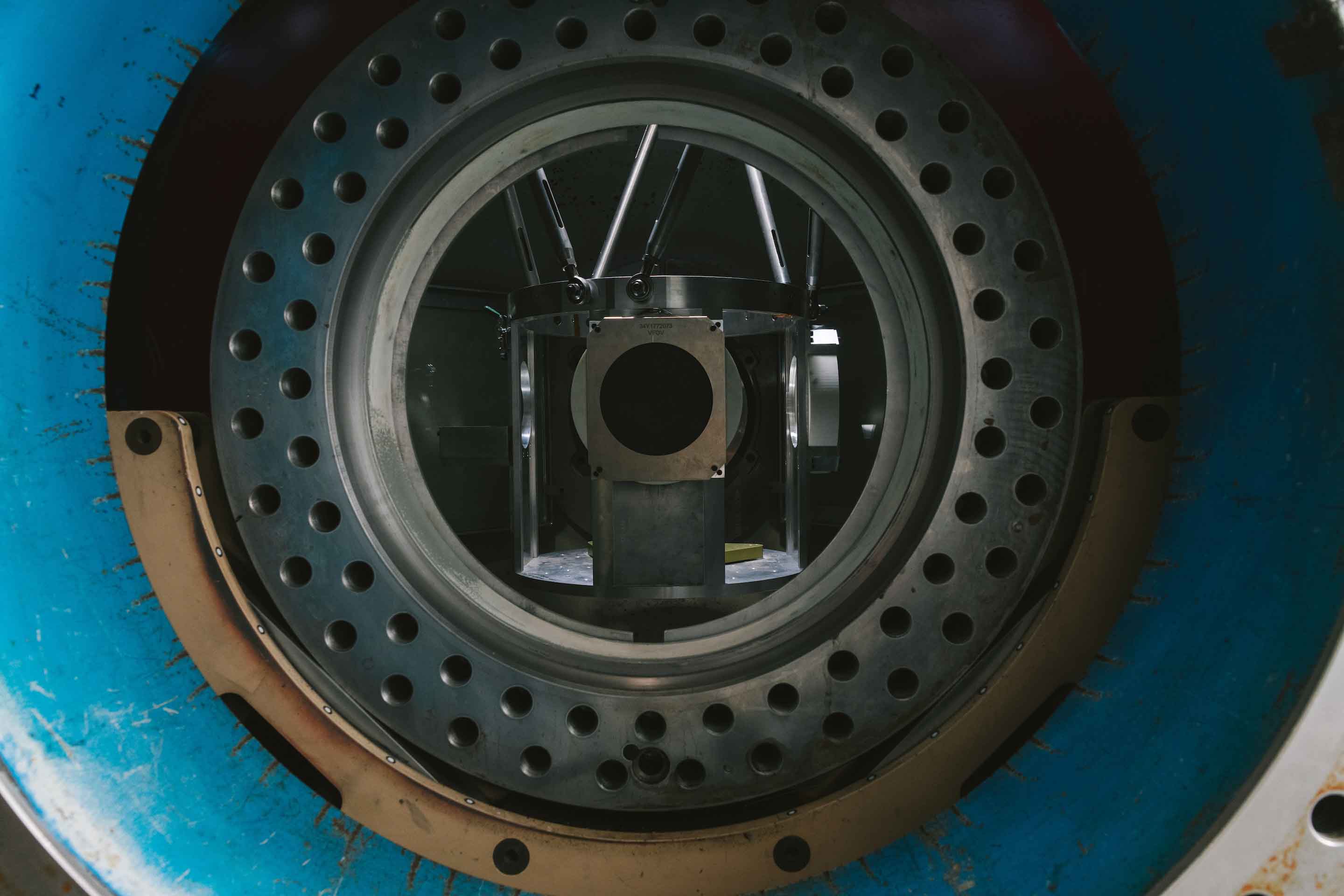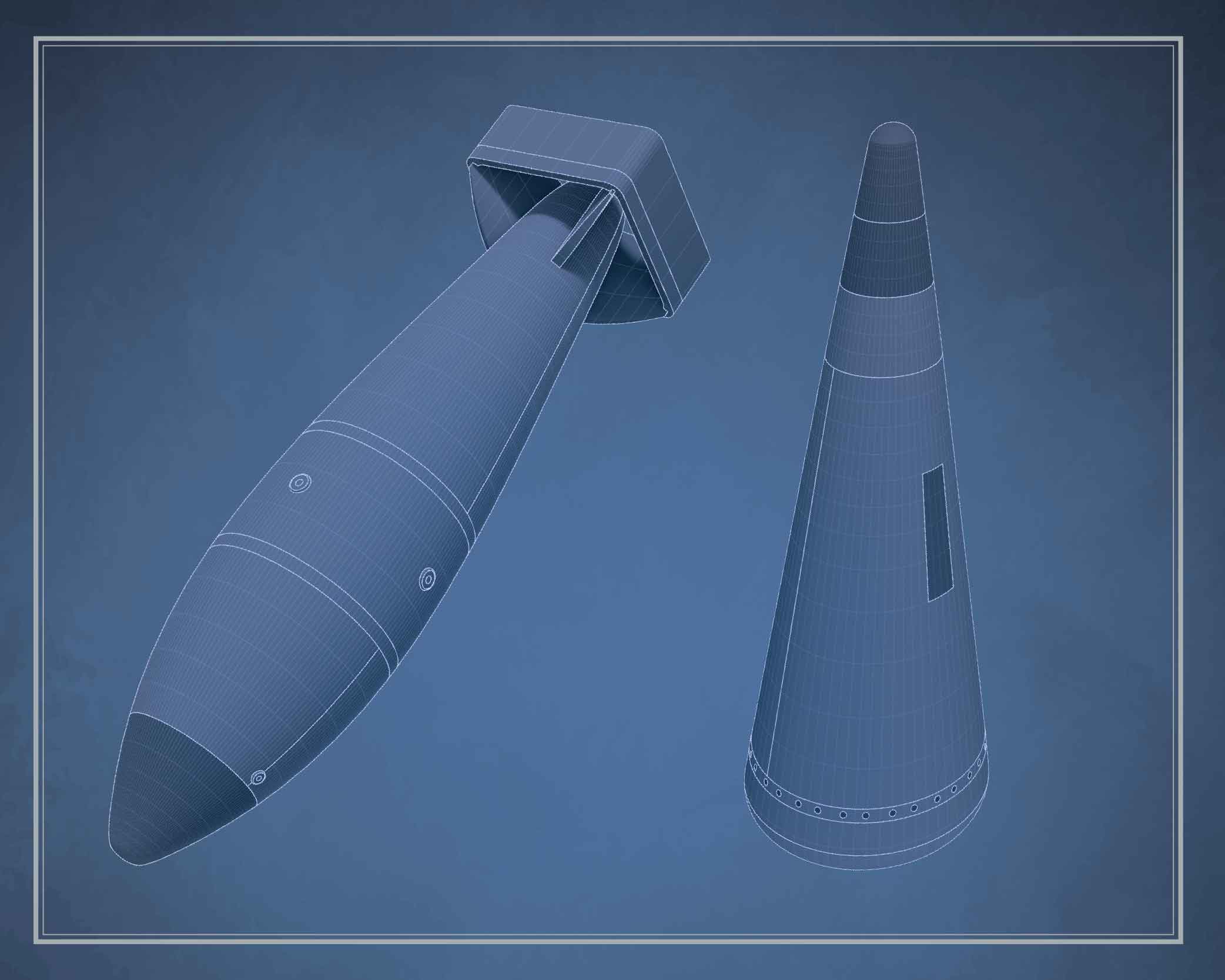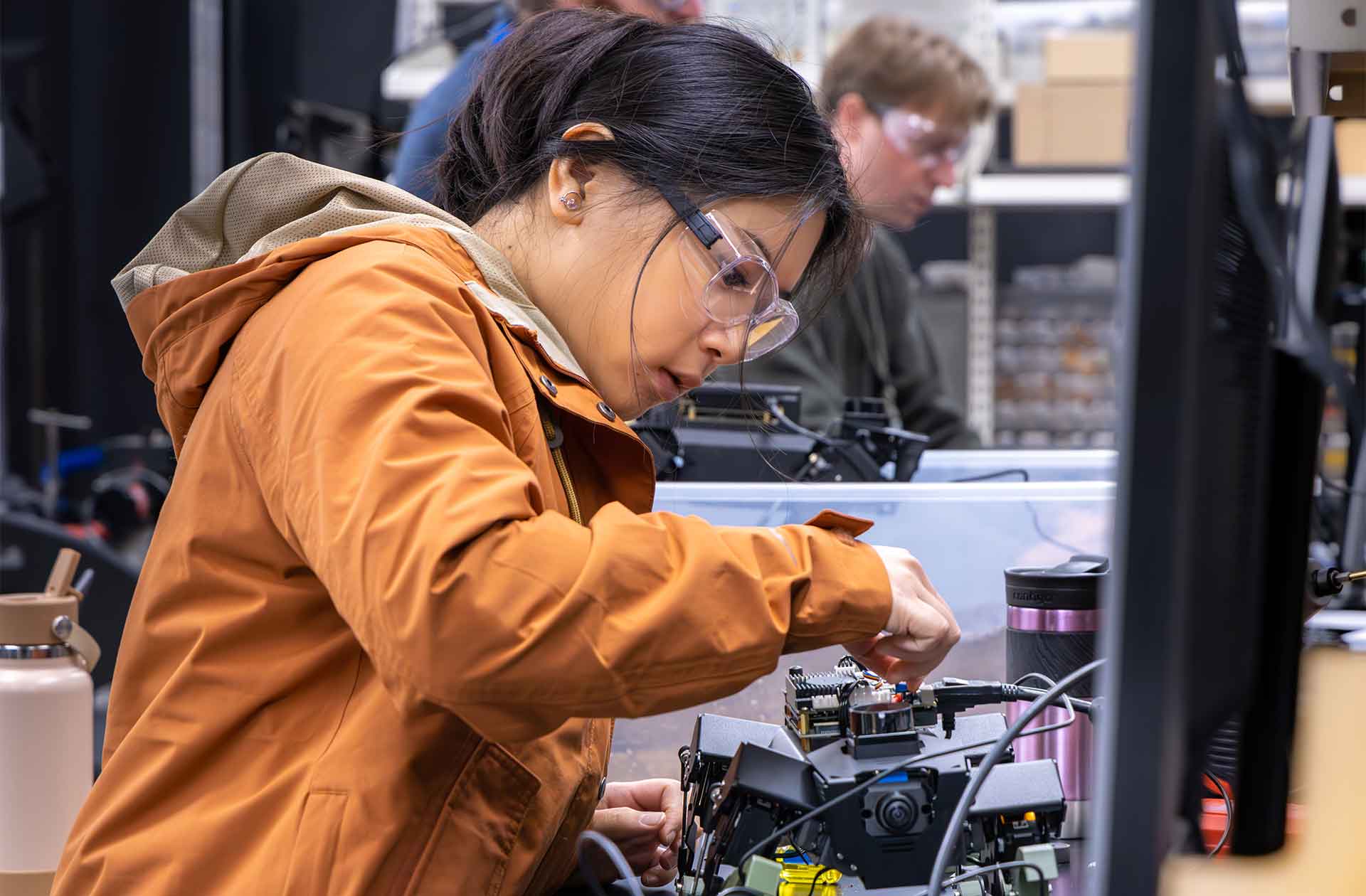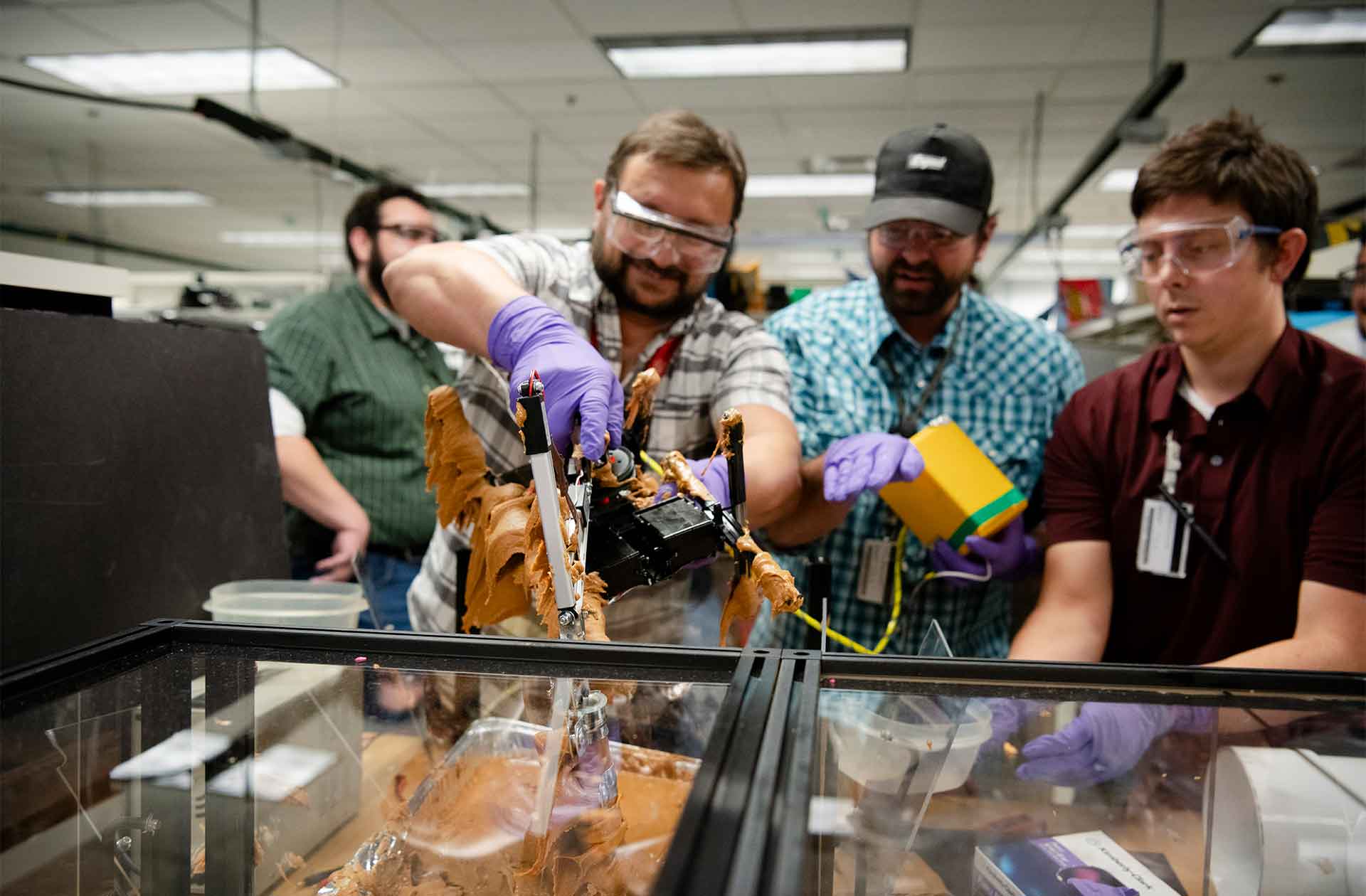Uncovering buried breakthroughs
Previously unrecognized research from 1938 paved the way for fusion energy.
- Jill Gibson, Communications specialist

It was an unexpected discovery. Mark Chadwick, interim deputy director for Science, Technology, and Engineering at Los Alamos National Laboratory, was listening to oral interviews from the Lab’s archives. “It was a Friday afternoon, and I had the audio tape going in the background while working on other things,” Chadwick recalls. But he started paying attention when the audio revealed that in the late 1930s, scientists had made a significant discovery about fusion—a breakthrough that Chadwick was unfamiliar with. Now Chadwick was on the trail of a mystery. Had he found an important piece of research buried in the archives?
Chadwick and his colleague, physicist Mark Paris, began digging into the issue, trying to identify exactly what the early researchers had discovered and learn why their breakthrough had gotten lost. “The thing that’s strange is that vast literature exists on the history of early fusion research. And nowhere is this research ever mentioned,” Chadwick says. “At first, I thought it was a mistake.”
As Chadwick explains, in the 1920s and ’30s, scientists predicted that fusing two nuclei of deuterium (a hydrogen isotope) would generate a fusion reaction. More than a decade later, researchers would discover that another radioactive isotope of hydrogen, called tritium, fuses more readily with deuterium. Tritium also fuses with deuterium at a lower temperature, which generates a much higher energy release than a deuterium-deuterium reaction. This practice of using deuterium-tritium (DT) reactions is credited to physicist Emil Konopinski (who was at Los Alamos during the Manhattan Project), but the archived interview Chadwick had found suggested the concept had originated far earlier. Had another scientist made this breakthrough?
At first, Chadwick told Paris that the speaker simply must have misremembered, but Paris wouldn’t accept that explanation. “Mark Paris kept coming back to me saying, ‘No, I’m not happy with that. So, I kicked him out of my office,’” Chadwick recalls.
“He didn’t kick me out. He was very nice,” Paris says. Nevertheless, Paris did leave Chadwick’s office and headed back to the archives to continue his search.
Paris admits he became somewhat obsessed with uncovering more information. “I would steal an hour or two in the evenings, or even in the middle of the day, because it was just burning on my mind.”
Finally, Paris found what he was looking for. “I just kept poking around, trying to discover where and when this DT fusion reaction was first measured in the laboratory, going down various rabbit holes. I came across a very short 1938 letter in the Physical Review by a virtually unknown fellow in nuclear physics named Art Ruhlig.” The letter focused on a completely different topic but, in the final paragraph, Ruhlig referenced a study he had read about the DT reaction. Based on this research, Ruhlig predicted that the DT reaction “was a lot faster than anything else that scientists knew about,” Paris says.
Chadwick called Ruhlig’s letter “the key paper that seems to have been hiding in plain sight but was strangely neglected.” Paris and Chadwick also discovered documentation that suggests Konopinski and physicist Hans Bethe mentioned Ruhlig’s DT fusion work to physicist Edward Teller, who applied the findings when spearheading the development of the hydrogen bomb.
Today, the DT reaction is also the key to all fusion energy research. “I would say peaceful fusion energy would probably not have been possible without this breakthrough,” Chadwick says.
Chadwick says the discovery of this early DT research underlies the important role Los Alamos has always played in measuring and tracking fusion reaction data. The databases assessing the probability of fusion reactions (called cross sections) are used by fusion simulation codes across the world. “Los Alamos defines the field, and we’re in an authoritative position to be commenting on this,” he says.
That’s why Chadwick and Paris say they are eager to share the discovery of Ruhlig’s long-forgotten findings. “Why didn’t this guy make more of it? Why didn’t he scream out to his colleagues that he’d been unfairly neglected?” Chadwick wonders. “Up until now, the most important discovery of the first-ever observation of this most important reaction that’s central for humans’ peaceful quest for fusion energy has never been commented on.” ★








